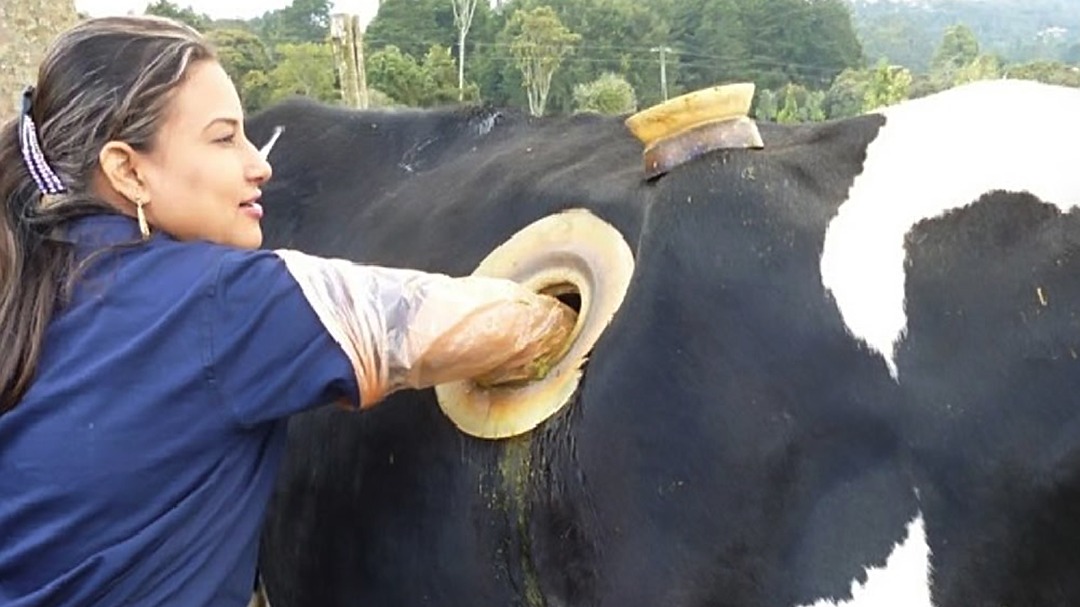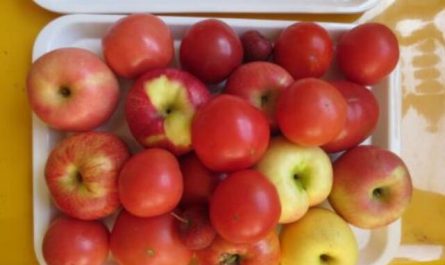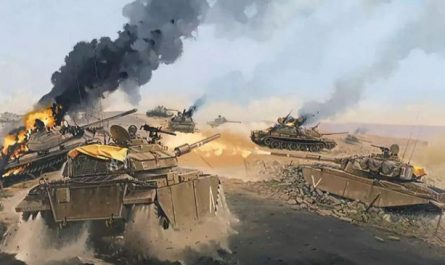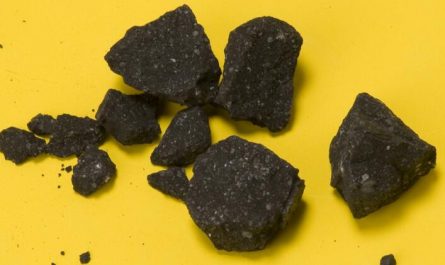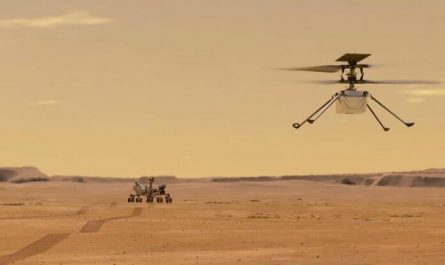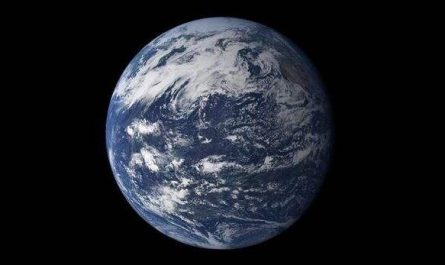As early as 10,000 years ago, humans have started to domesticate cattle. As an important livestock, cattle provide humans with meat, dairy products, leather products and labor. Their dung can also be used to make fertilizer and fuel. The human demand for cattle is very large, and there are currently as many as 1 billion cattle raised worldwide.
Cattle are very important to human beings, especially in the era of underdeveloped machinery. Buffalo and yellow cattle are used to plow the fields, so people usually treat these diligent cattle well. But in some places, a big hole was opened in the cow’s body, and people’s hands could reach in and take out things, which looked cruel. So, why dig a hole in a cow? Doesn’t the cow feel pain?
Digging a hole in the cow and attaching a rubber ring on it. This kind of hole goes straight to the cow’s stomach. This is a fistula, so these cows are also called “fistula cows”. This phenomenon is most common in dairy cows. Fistula cattle can be traced back to the 1820s, when veterinarians fistulated the injured cattle so that the pus in the body could be drained.
Cows are herbivores. In order to avoid danger, they will seize the time to eat as much grass as possible. Because of inadequate chewing and inability to digest food, the forage that was originally eaten will be regurgitated into the mouth, and then chewed and swallowed slowly. A cow can chew 30,000 times a day during the constant feeding and ruminating process. Over time, cattle have evolved four special stomachs: rumen, reticulum, double stomach, and abomasum.
After the cow has eaten the forage, the first thing to reach is the rumen, which is located on the left side of the abdominal cavity. The volume of the rumen of an adult cow can exceed 150 liters, which can store hundreds of kilograms of feed. There are many microorganisms in the rumen, which can allow food to undergo preliminary decomposition and fermentation.
Next, the food will enter the reticulum for filtration, and some indigestible heavy objects will be trapped. Then, the food enters the double stomach for grinding, digestion and absorption. Finally, the food reaches the abomasum, which is the true stomach of the cow, in which there are digestive glands that secrete gastric acid and digestive enzymes.
The microbiota in the rumen is very important to the digestion of cattle. Once something goes wrong, it will lead to poor consumption of cattle, which will affect the quality of cattle. In order to improve the digestion of the cow, it is necessary to artificially make a hole in the left abdominal cavity of the cow and fistulate the rumen.
Does the fistula make the cow feel painful?
During the fistula, the cow was awake and still standing there. During the incision of the abdominal cavity and rumen, local anesthesia will be given to the cattle without pain. Then, a round rubber fistula is installed on the incision, and it is also equipped with a sealing cover to isolate the rumen from oxygen, because there are a lot of anaerobic microorganisms in the rumen.
Generally speaking, it takes only one and a half hours to complete the fistula. In the first few days, cows will feel pain and need to be given analgesics. It will take more than a month for the wound to heal completely.
How is the fistula cow?
Through the fistula, it is easy to put the feed directly into the rumen, and it is also easy to take out the feed from the rumen. In this way, the feed can be better optimized, and milk that contains more beneficial fat components than ordinary milk can be produced, and it can also reduce the cow’s carbon dioxide and methane emissions.
After the feed is fermented in the rumen of cattle, carbon dioxide and methane will be produced, which are greenhouse gases that cause global warming. It is estimated that a cow can emit 3 tons of carbon dioxide in a year, so the cow’s carbon emissions should not be underestimated.
In addition, scientists have found through experiments that for some cattle lacking microbiota in the rumen, the microbiota in the rumen of healthy fistula cattle can be introduced to them. Therefore, it is inevitable that the rumen of fistula cattle is often hollowed out.
The act of making holes in cattle was opposed by animal protection organizations because it seemed very inhumane. But Jamie Newbold, an animal expert at the Scottish Agricultural College, said that the health and lifespan of fistula cattle will not be affected, and they can even live longer.
